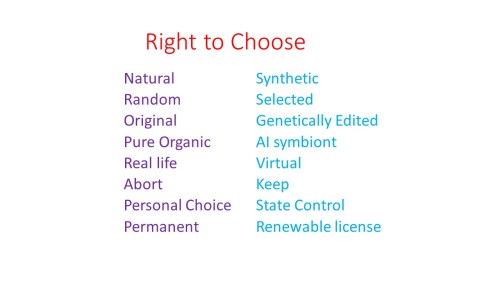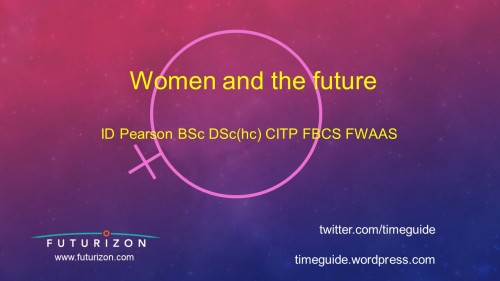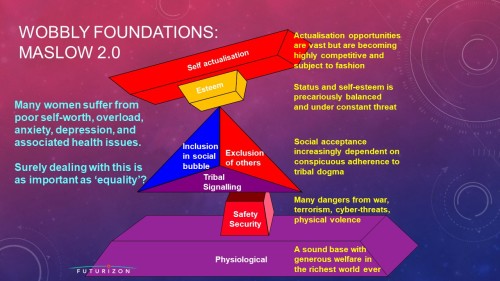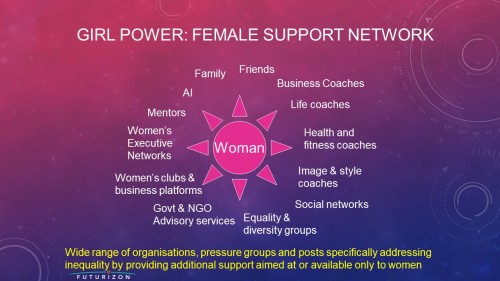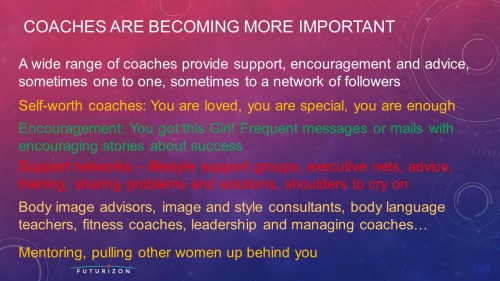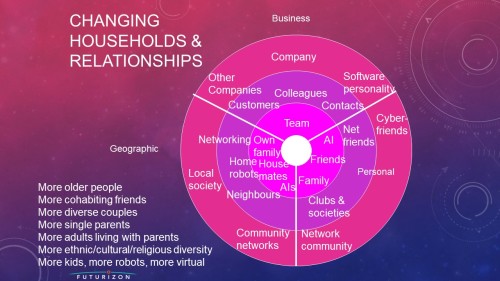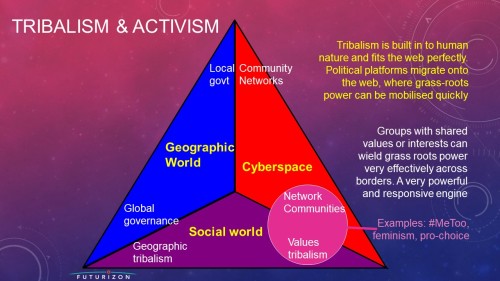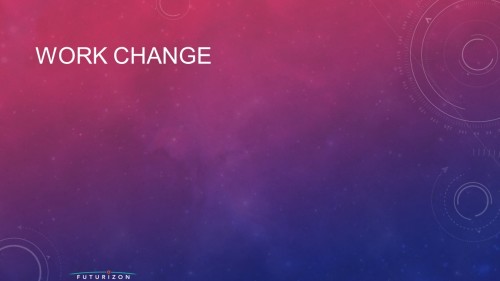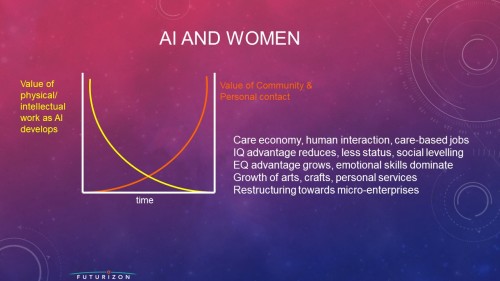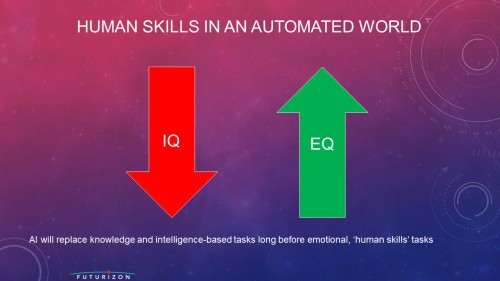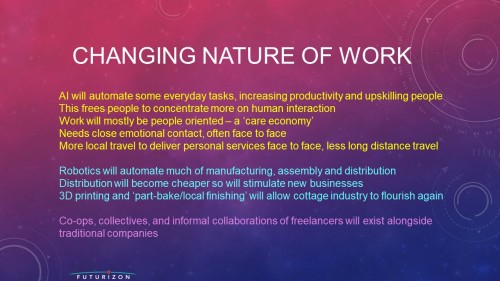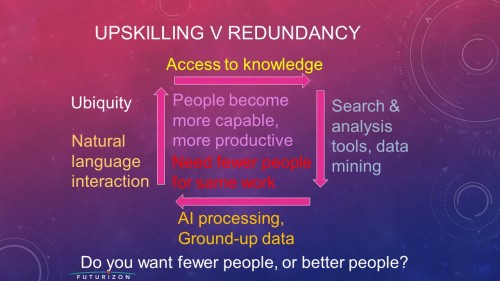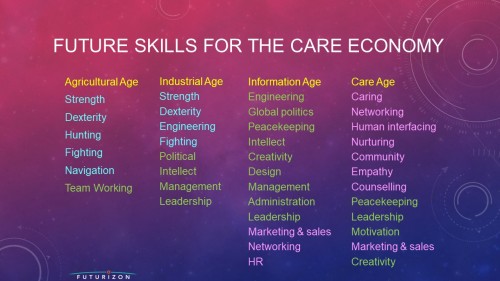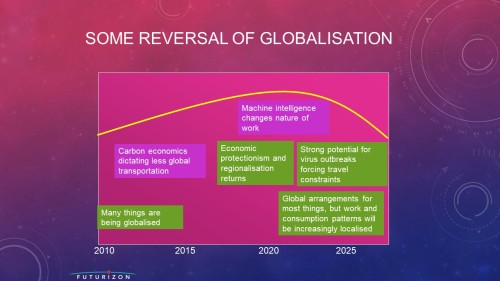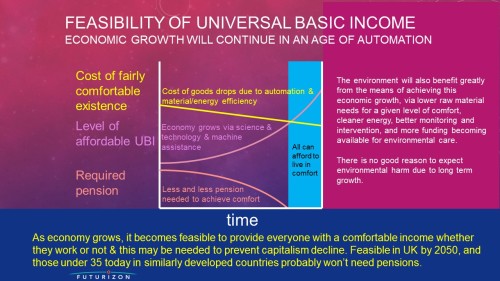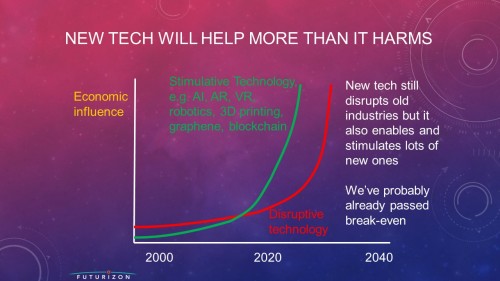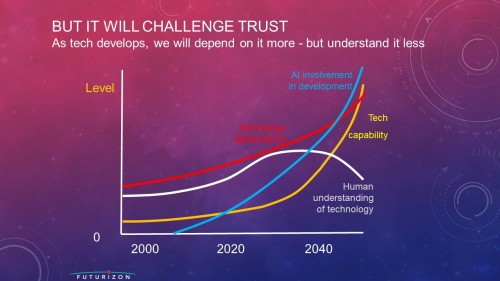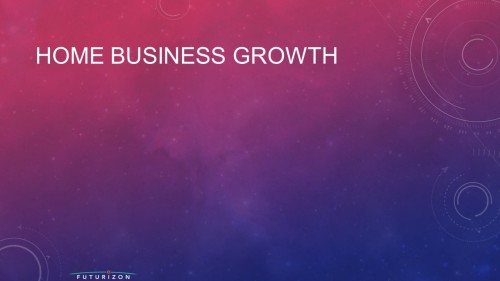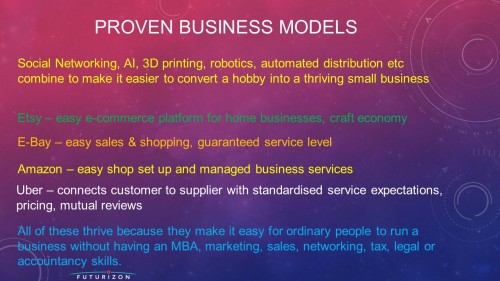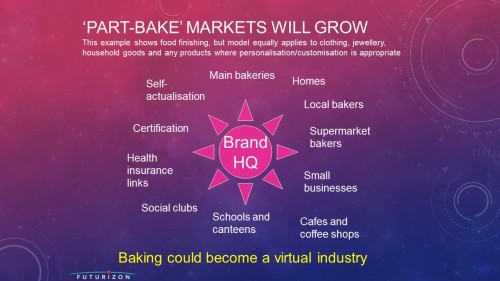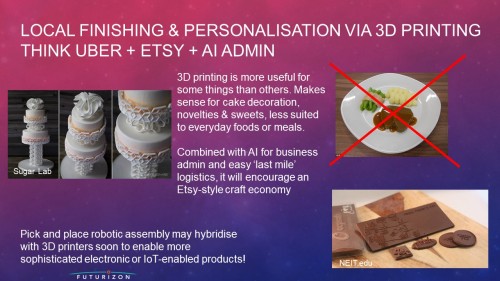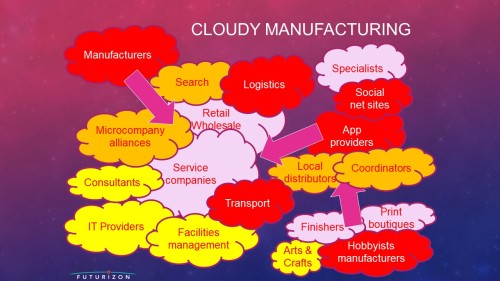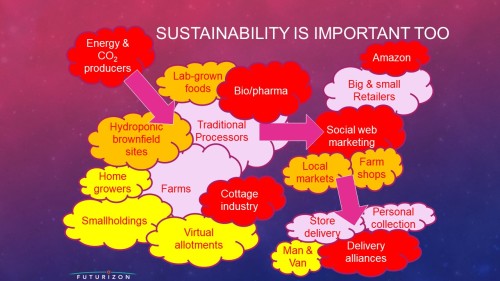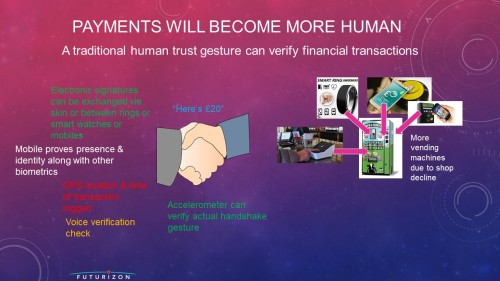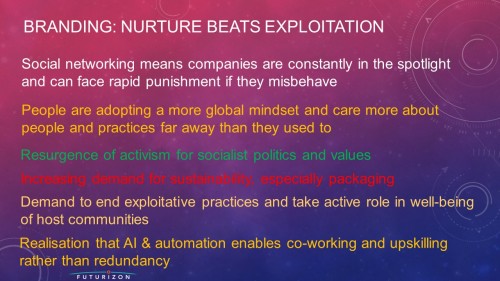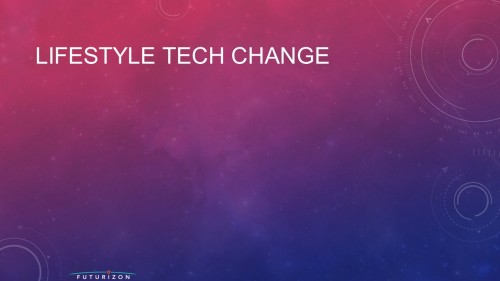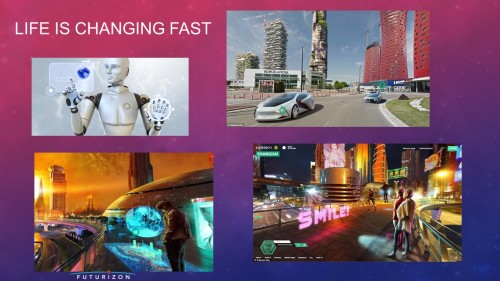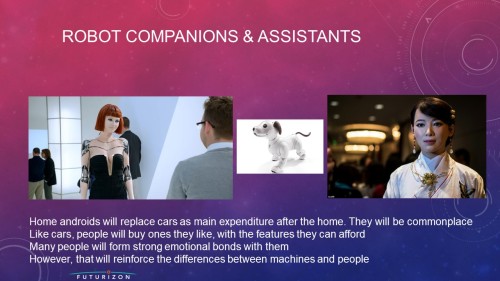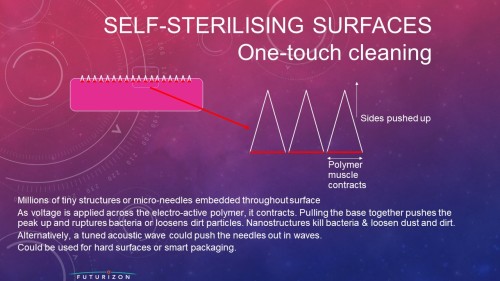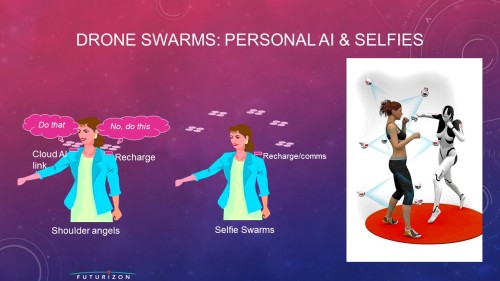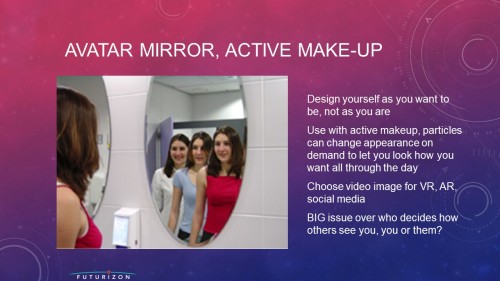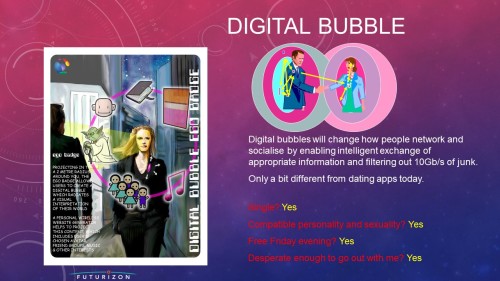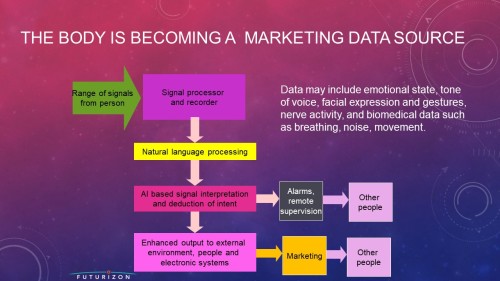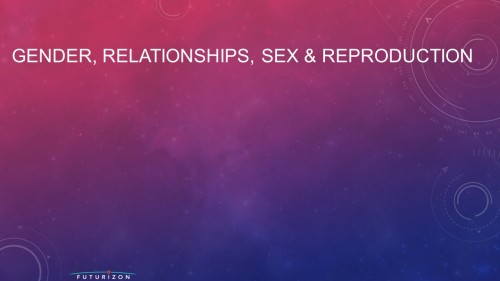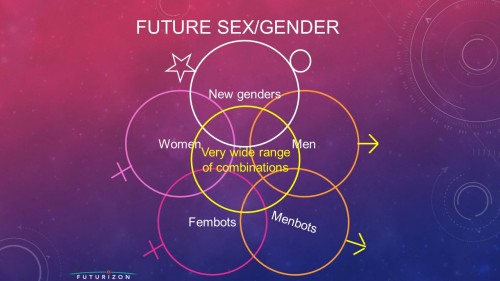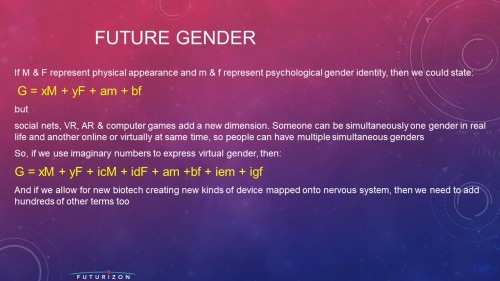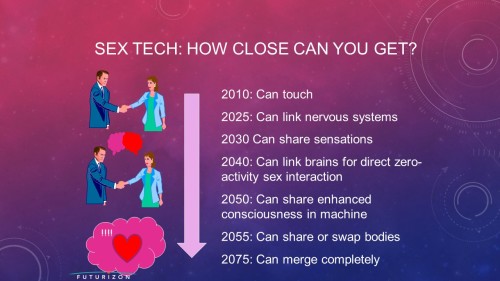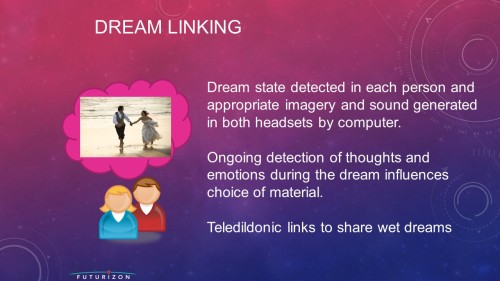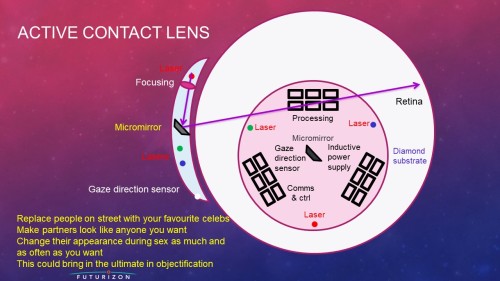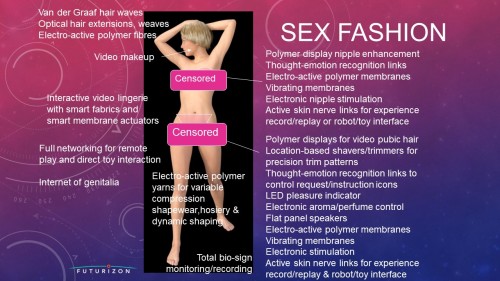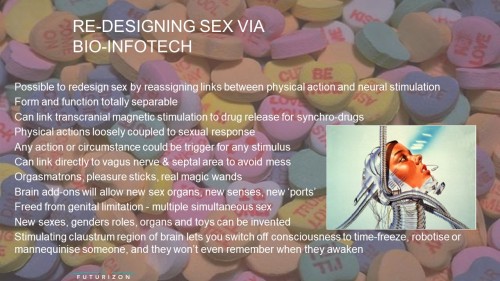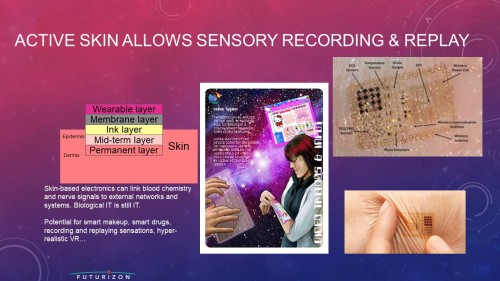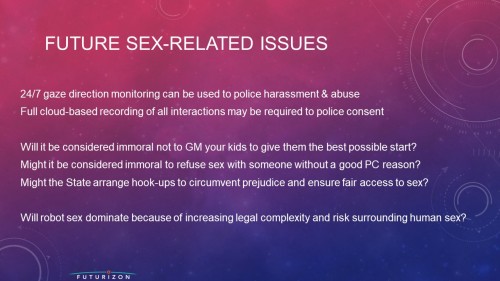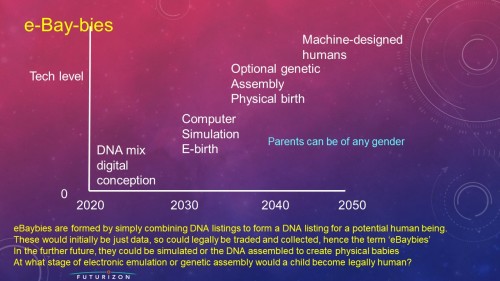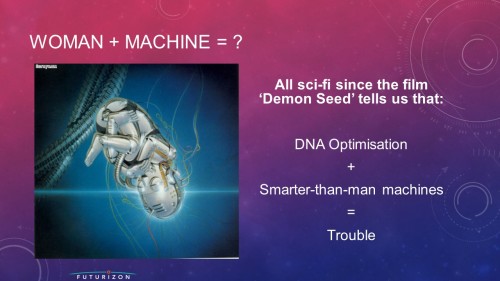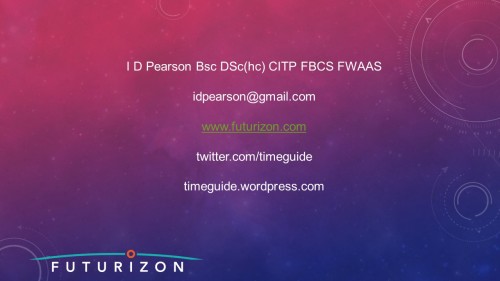Many people are worried about world human population, that we are overpopulating the planet and will reap environmental catastrophe. Some suggest draconian measures to limit or even reduce it. I’m not panicking about population at all. I’m not even particularly concerned. I don’t think it is necessarily a bad thing to have a high population. And I think it will be entirely sustainable to have a much higher population.
Nobody sane think the Earth’s human population will carry on increasing exponentially forever. Obviously it will level off and it is already starting to do so. I would personally put the maximum carrying capacity of the Earth at around 100 billion people, but population will almost certainly level off between 9 and 10 billion, let’s say 9.5Bn. Further in the future, other planets will one day house some more people, but they will have their own economics.
We aren’t running out of physical resources, just moving them around. Apart from a few spacecraft that have moved some stuff off planet, some excess radioactive decay induced in power stations and weapons, and helium and hydrogen escaping from the atmosphere, all of which is offset by meteorites and dust landing from space, all we have done is convert stuff to other forms. Almost all materials are more plentiful now than they were 40 years ago when the loudest of doom-mongers warned of the world running out imminently. They were simply wrong.
If we do start to run short, we can mine key elements from rubbish tips and use energy to convert back to any form we need, we can engineer substitutes or we can gather them from space. Another way of looking at this issue is that we live on top of 6000km of resources and only have homes a few metres deep. When we fill them we have to dispose of one thing to make room for a new one, and recycling technology is getting better all the time. Meanwhile, material technology development means we need less material to make something, and can do so with a wider range of input elements.
We are slowly depleting some organic resources, such as fossil fuels, but there are several hundred years supply left, and we will not need any more than a tiny fraction of that before we move to other energy sources. We’re also depleting some fish stocks around the world, so fishing needs some work in designing and implementing better practices, but that is not unachievable by any means and some progress is already happening. Forestry is being depleted in some areas and expanding in others. Some areas of forest are being wiped out because environmentalists and other doomsayers have forced policies through that encourage people to burn them down to make the land available for biofuel plantations and carbon offset schemes.
We certainly are not short of space. I live in Southern England, which sometimes feels full when I get stuck in traffic jams or queues for public services, but these are a matter of design, not fundamental limits. Physically, I don’t feel it is terribly overpopulated here yet, even with the second highest population density on Earth, at 470 people per square kilometre. India only has 345, even with its massive population. China has even less at only 140, while Indonesia has 117, Brazil just 22, and Russia a mere 7.4 people per square kilometre. Yet these are the world’s biggest populations today. So there is room for expansion perhaps. If all the inhabitable land in the world were to be occupied at average English density of today, the world can actually hold 75-80 Billion people. There would still be loads of open countryside, still only 1 or 2% covered in concrete and tarmac.
But self-driving vehicles can increase road capacity by a factor of 5, regional rail capacity by a factor of 200. Replacement of most public sector workers by machines, or better still, good system design, would eradicate most queues and improve most services. England isn’t even full yet. So that 75-80Bn could become 100Bn before it feels crowded.
So let’s stop first of all from imagining that we are running out of space any time soon. We just aren’t!
Energy isn’t a problem in the long term either. Shale gas is already reducing costs in the USA at the same time as reducing carbon dioxide emissions. In Europe, doom-mongers and environmentalist have been more successful in influencing policy, so CO2 emissions are increasing while energy costs create fuel poverty and threaten many key areas of the economy. Nuclear energy currently depends on uranium but thorium based power is under development and is very likely to succeed in due course, adding several hundred years of supply. Solar, fusion, geothermal and shale gas will add to this to provide abundant power for even a much great population, within a few decades, well ahead of the population curve. The only energy shortages we will see will be doomsayer-induced.
Future generations will face debts handed on to them without their consent to pay for this doom-induced folly, but will also inherit a physical and cultural infrastructure with built in positive feedback that ensure rapid technological development.
Among its many benefits, future technology will greatly reduce the amount of material needed to accomplish a task. It will also expand the global economy to provide enough wealth to buy a decent standard of living for everyone. It will also clean up the environment while producing far more food from less land area, allowing some land to be returned to nature. Food production per hectare has doubled in the last 30 years. The technology promises further gains into the foreseeable future.
The world of the future will be a greener and more pleasant land, with nature in a better state than today, with a larger world population that is richer and better fed, almost certainly no more than 10 billion. Providing that is, that we can stop doom-mongers forcing their policies through – the only thing that would really wreck the environment. A doom-monger-free human population is not a plague but a benefit to the Earth and nature. The doom-mongers and their policies are the greatest proven threat. Environmentalists should focus on making sure we are inspired by nature and care for it, and then get out of the way and let technologists get on with making sure it can flourish in the future.
Let’s compare the outcomes of following the advice of the doom-mongers with the outcome of following a sensible economic development path using high technology.
If everyone wants to live to western standards, the demands on the environment will grow as the poor become richer and able to afford more. If we try to carry on with existing technology, or worse, with yesterday’s, we will not find that easy. Those who consider technology and economic growth to be enemies of the environment, and who therefore would lock us into today’s or yesterday’s technology, would condemn billions of people to poverty and misery and force those extra people to destroy the environment to try to survive. The result would be miserable future for humanity and a wrecked environment. Ironically, these people have the audacity to call themselves environmentalists, but they are actually enemies of both the environment and of humanity.
If we ignore such green lunacy – and we should – and allow progress to continue, we will see steady global economic growth that will result in a far higher average income per capita in 2050 with 9.5Bn people than we have today with only 7.7Bn. The technology meanwhile will develop so much that the same standard of living can be achieved with far less environmental impact. For example, bridges hundreds of years ago used far more material than today’s, because they were built with primitive science and technology and poor understanding of science. Technology is better now, materials are stronger and more consistent, we know their properties accurately as well as all the forces acting on the bridge, so we need less material to build a bridge strong enough for the purpose, which is better for the environment. With nanotechnology and improved materials, we will need even less material to build future bridges. The environmental footprint of each person will certainly be far lower in 2050 if we accept new technology than it will be if we restrict growth and technology development. It will almost certainly be less even than today’s, even though our future lifestyles would be far better. Trying to go back to yesterday’s technologies without greatly reducing population and lifestyle would impose such high environmental impact that the environment would be devastated. We don’t need to, and we shouldn’t.
Take TVs as another example. TVs used to be hugely heavy and bulky monsters that took up half the living room, used lots of electricity, but offered relatively small displays with a choice from just a few channels. Today, thin LCD or LED displays use far less material, consume far less power, take up far less space and offer far bigger and better displays offering access to thousands of channels via satellites and web links. So as far as TV-based entertainment goes, we have a far higher standard of living with far lower environmental impact. The same is true for phones, computers, networks, cars, fridges, washing machines, and most other tools. Better materials and technologies enable lower resource use.
New science and technology has enabled new kinds of materials that can substitute for scarce physical resources. Copper was once in danger of running out imminently. Now you can build a national fibre telecommunication network with a few bucketfuls of sand and some plastic. We have plastic pipes and water tanks too, so we don’t really need copper for plumbing either. Aluminium makes reasonable cables, and future materials such as graphene will make even better cables, still with no copper use. There are few things that can’t be done with alternative materials, especially as quantum materials can be designed to echo the behaviour of many chemicals. So it is highly unlikely that we will ever run out of any element. We will simply find alternative solutions as shortages demand.
Oil will be much the same story. To believe the doom-mongers, our use of oil will continue to grow exponentially until one day there is none left and then we will all be in big trouble, or dead, breathing in 20% CO2 by then of course. Again, this is simply a nonsensical scenario. By 2030, oil will be considered a messy and expensive way of getting energy, and most will be left in the ground. The 6Gjoules of energy a barrel of oil contains could be made for $30 using solar panels in the deserts, and electricity is clean. Even if solar doesn’t progress that far, shale gas only produces half as much CO2 as oil for the same energy output (another potential environmental improvement held back by green zealots here in the UK and indeed the rest of Europe).
This cheap solar electricity mostly won’t come from UK rooftops as currently incentivised by green-pressured government, but somewhere it is actually sunny, deserts for example, where land is cheap, because it isn’t much use for anything else. The energy will get to us via superconducting or graphene cables. Sure, the technology doesn’t yet exist, but it will. Oil will only cost $30 a barrel because no-one will want to pay more than that for what will be seen as an inferior means of energy production. Shale gas might still be used because it produces relatively little CO2 and will be very cheap, but even that will start declining as the costs of solar and nuclear variants fall.
In the longer term, in our 2050 world of 9.5Bn people, fusion power will be up and running, alongside efficient solar (perhaps some wind) and other forms of energy production, proving an energy glut that will help with water supply and food production as well as our other energy needs. In fact, thanks to the development of graphene desalination technology, clean water will be abundantly available at low cost (not much more than typical tap-water costs today) everywhere.
Our technologies will be so advanced by then that we will be able to control climate better too. We will have environmental models based on science, not models based on the CO2-causes-everything-bad religion, so we will know what we’re doing rather than acting on guesswork and old-wives’ tales. We will have excellent understanding of genetics and biotech and be able to make superior crops and animals, so will be able to make enough food to feed everyone, ensuring not only quantity but nutritional quality too. While today’s crops deliver about 2% of the solar energy landing on their fields to us as food, we will be able to make foods in factories more efficiently, and will have crops that are also more efficient. It is true that we may see occasional short-term food shortages, but in the long term, there is absolutely no need to worry about feeding everyone. And no need to worry about the impact on the environment either, because we will be able to make more food with far less space. No-one needs to be hungry, even if we have 9.5Bn of us, and with steady economic growth, everyone will be able to afford food too.
This is no fanciful techno-utopia. It is entirely deliverable and even expectable. All around the world today, people’s ethical awareness is increasing and we are finally starting to address problems of food and emergency aid distribution, even in failing regimes. The next few decades will not eradicate poverty completely, but it will make starvation much less of a problem, along with clean water availability.
How can we be sure it will be developed? Well, there will be more people for one thing. That means more brains. Those people will be richer, they will be better educated, and many will be scientists and engineers. Many will have been born in countries that value engineers and scientists greatly, and will have a lot of backing, so will get results. Some will be in IT, and will develop computer intelligence to add to the human effort, and provide better, cheaper and faster tools for scientists and engineers in every field to use. So, total intellectual resources will be far greater than they are today.
Therefore we can be certain that technological progress will continue to accelerate. As it does, the environment will become cleaner and healthier, because we will be able to make it so. We will restore nature. Rivers today in the UK are cleaner than 100 years ago. The air is cleaner too. We look after nature better, because that’s what people do when they are affluent and well educated. In 50 years we will see that attitude even more widespread. The rainforests will be flourishing, some species will be being resurrected from extinction via DNA banks. People will be well fed. Water supply will be adequate.
But all this can only happen if we stop following the advice of doom-mongers and technophobes who want to take us backwards.
That really is the key: more people mean more brain power, more solutions, and better technology. For the last million years, that has meant steady improvement of our lot. In the un-technological world of the cavemen hunter-gatherers, the world was capable of supporting around 60 million people. If we try to restrict technology development now, it will be a death sentence. People and the environment would both suffer. No-one wins if we stop progress. That is the fallacy of environmental dogma that is shouted loudly by the doom mongers.
Some extremists in the green movement would have us go back to yesterday, rejecting technology, living on nature and punishing everyone who disagrees with them. They can indulge such silliness when they are only a few and the rest of us support them, but everyone simply can’t live like that. Without technology, the world can only support 60 million, not 7 billion or 9.5 billion or 75 billion. There simply aren’t enough nice fields and forest for us all to live that way.
It is a simple choice. We could have 60 million thoroughly miserable post-environmentalists living in a post eco-catastrophe world where nature has been devastated by the results of daft policies invented by self-proclaimed environmentalists, trying to make a feeble recovery. Or we can ignore their nonsense, get on with our ongoing development, and live in a richer, nicer world where 9.5Bn people (or even far more if we want) can be happy, well fed, well educated, with a good standard of living, and living side by side with a flourishing environment, where our main impacts on the environment are positive.
Technology won’t solve every problem, and will even create some, but without a shadow of a doubt, technology is by far nature’s best friend. Not the lunatic fringe of ‘environmentalists’, many of whom are actually among the environment’s worst enemies – at best, well-meaning fools.
There is one final point that is usually overlooked in this debate. Every new person that is born is another life, living, breathing, loving, hopefully having fun, enjoying life and being happy. Life is a good thing, to be celebrated, not extinguished or prevented from coming into existence just because someone else has no imagination. Thanks to the positive feedbacks in the development loops, 50% more people means probably 100% more total joy and happiness. Population growth is good, we just have to be more creative, but that’s what we do all the time. Now let’s get on with making it work.
Good times lie ahead. We do need to fix some things though. I mentioned that physical resources won’t diminish significantly in quantity in terms of the elements they hold at least, though those we use for energy (oil, coal and gas) give up their energy when we use them and that is gone.
However, the ecosystem is a different matter. Even with advanced genetic technology we can expect in the far future, it will be difficult to resurrect organisms that have become extinct. It is far better to make sure they don’t. Even though an organism may be brought back, we’d also have to bring back the environment it needs with all the intricately woven inter-species dependencies.
Losing a single organism species might be relatively recoverable, but losing a rain forest will be very hard to fix. Forests are very complex systems. In fact designing and making a synthetic and simpler rainforest is probably easier than trying to regenerate a lost natural one. We really don’t want to have to do that. It would be far better to make sure we preserve the existing forests and other complex ecosystems. Poor countries may reasonably ask for some payment to preserve their forests rather than chopping them down to sell wood. We should certainly make sure to remove current perverse ‘environmental’ incentives to chop them down to make room for palm oil plantations to satisfy the demands of poorly thought out environmental policies in rich countries.
The same goes for ocean ecosystems. We are badly mismanaging many fisheries today, and that needs to be fixed, but there are already some signs of progress. EU regulations that used to cause huge quantities of fish to be caught and thrown back dead into the sea are becoming history. Again, these are a hangover from previous environmental policy designed to preserve fish stocks, but again this was poorly thought out and has had the opposite result to that intended.
Other policies in the EU and in other parts of the world are also causing problems by unbalancing populations and harming or distorting food chains. The bans on seal hunting are good – we love seals, but the explosion in seal populations caused by throwing dead fish back has increased the demand of the seal population to over 100,000 tons of fish a year, when it is already severely stressed by over-fishing. The dead fish have also helped cause an explosion in lobster populations and in some sea birds. We may appreciate the good side, but we mustn’t forget to look for harmful effects that may also be caused. It is obvious that we could do far better job, and we must.
A well-managed ocean with properly designed farms should be able to provide all the fish and other seafood we need, but we are well away from it yet and we do need to fix it. With ongoing scientific study, understanding of relationships between species and especially in food chains is improving, and regulations are slowly becoming more sensible, so there is hope. Many people are switching their diets to fish with sustainable populations. But these will need managed well too. Farming is suitable for many species and crashes in some fish populations have added up to a loud wake-up call to fix regulations around the world. We may use genetic modification to increase growth and reproduction rates, or otherwise optimise sustainability and ocean capacity. I don’t think there is any room for complacency, but I am confident that we can and will develop good husbandry practices and that our oceans and fish stocks will recover and become sustainable.
Certainly, we have a greater emotional attachment to the organic world than to mere minerals, and we are part of nature too, but we can and will be sustainable in both camps, even with a greatly increased population.

